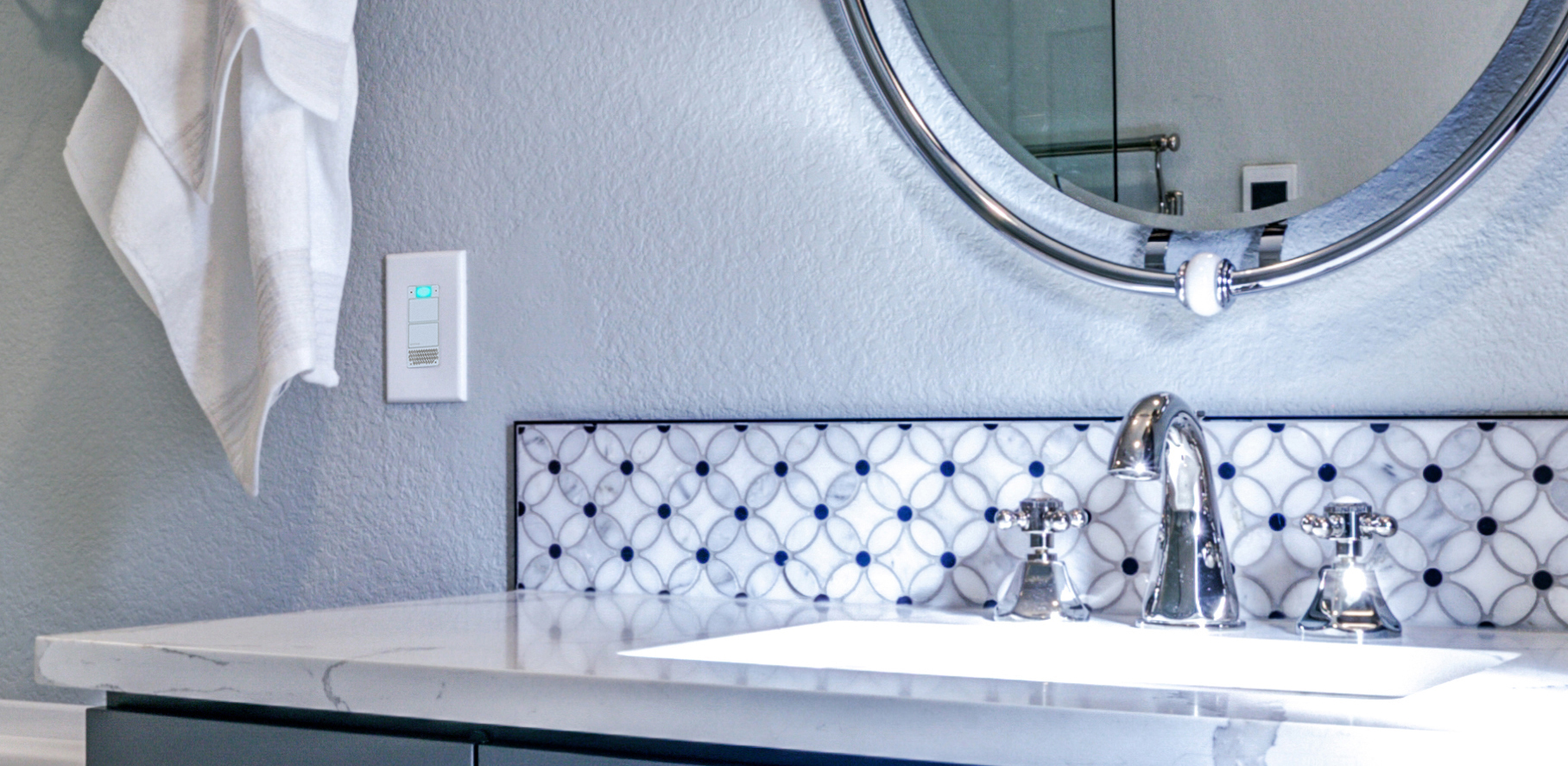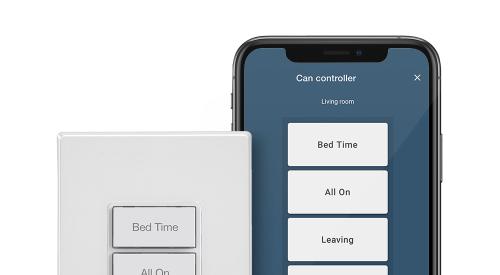As the American population ages, there is an opportunity for more designers to use new and existing technology that will allow these individuals to retain their independence. Here’s what residential professionals should know about specifying smart home tech for aging adults.
Technology is growing across the board and for almost every demographic. The National Kitchen and Bath Association’s 2021 Design Trends Report identified technology as a popular and still growing trend in residential design, and the elderly can benefit. There’s connected technology available for every area of the home, from voice-activated ovens to smart lighting systems that allow mobile control.
Many more Americans want to age in place, meaning they often need to adjust areas of the home to suit their needs for years to come. According to a 2018 study by AARP, 76% of Americans aged 50 and older want to stay in their homes and their communities but only 59% believe they will be able to do that.
[ Read More: 5 THINGS YOU SHOULD KNOW ABOUT WELLNESS DESIGN ]
People continue to live longer as well. By 2040, the life expectancy in the United States will likely reach 85 or more from the current age of 78, according to the U.S. Census Bureau. But even as Americans age, the number of caretakers will not grow in relation. AARP predicts a shortage of caretakers in the decades to come.
Amid the pandemic, there has been a surge in multigenerational living. Families are welcoming their aging loved ones under the same roof for health and economic reasons at a much higher pace, reports the National Association of Realtors. But smart technology—along with other home design features—can help aging homeowners remain comfortable in their residences and communities while providing the necessary support when they need it.
Ryan Herd, CEO of Caregiver Smart Solutions and author of “Join the Smart Home Revolution,” says it can be difficult for aging adults to relinquish their independence, but explains that smart home technology can help.
Here are five things Herd says residential professionals should know about specifying smart home technology for aging in place.
1. Proactive Versus Reactive Technology
Herd says one of the reasons he started his aging-in-place technology company was because all the tech available focused on being reactive. There’s still a need for technology that works to help aging adults before they have an incident.
“When we think about our aging loved ones, right now everything is reactive,” says Herd. “It’s ‘I’ve fallen and I can’t get up,’ that’s a reactive technology. We’re betting the farm that, God forbid something happens, they have the ability and cognitive ability to remember to push this button.”
When it comes to proactive technology, it’s there to learn the habits and routines of users to know when something goes awry. If someone tends to use the bathroom once during the night, a proactive technology can notify the caregiver, which then prompts the caregiver, or relative, to check in on the occupant.
[ Read More: ARCHITECTS SAY MULTIGENERATIONAL HOUSING AND BACKLOGS ARE SURGING ]
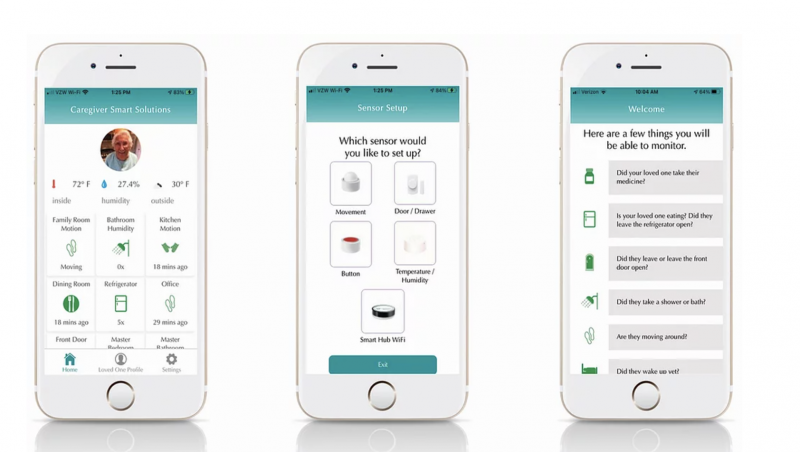
Caregiver Smart Solutions app
[ Read More: 7 HIGH-TECH SMART TOILETS THAT WILL ELEVATE YOUR MASTER BATHROOMS ]
2. What May Seem Unnecessary to You Could be Very Beneficial to Older Adults
There are technologies out there that can garner the question, “Why?” But Herd says these technologies can make the most sense for aging adults.
One example includes a voice-activated toilet or a toilet that automatically flushes, cleans itself, and controls the toilet lid. For someone who struggles to stand up, just using the bathroom can become a challenging activity.
“If I can use technology and just add that little bit of, ‘Alexa, flush the toilet,’ for grandma, for dad, for our aging loved ones, that is a game-changer,” says Herd.
Smart ovens and microwaves that can scan the label of food and get the correct cooking temperatures and settings underway can benefit those with bad eyesight.
“When we look at technology, you really have to look at it through the lens of the consumer that you’re trying to solve a problem for or building for and what kind of technology makes sense for them, their lifestyle at that point in life,” says Herd.
For some aging adults who may not get out of the house often, or are staying indoors more for health reasons, smart lighting that follows natural sunlight can be a big thing for mental wellbeing, notes Herd.
[ Read More: EVERYTHING YOU NEED TO KNOW ABOUT SMART LIGHT SWITCHES ]
3. Understand Your Core Client’s Comfort Levels
Each age group and demographic will want to use different smart technologies or use technology in different ways.
“Let’s pick on a 75-year-old male,” says Herd. “He’s been out of the workforce for 10 years. What kind of technology did we have 10 years ago? … Let’s fast forward to 95-year-old grandma. She hasn’t touched technology in ages.”
Both examples are considered aging adults and seniors, but neither will have the same comfort level when it comes to technology. Understanding these comfort levels will benefit your target buyer or client and can boost your business, says Herd.
Combining the correct smart technologies with the right aging-in-place design can make for a winning combination. Herd suggests many buyers or clients will be willing to dish out extra cash if they know it’s part of investment toward their future.
“At [55-plus], they’re very active,” says Herd. “They also want to be able to leave their house and now start doing everything that they wanted to do: go on vacations, go on cruises, go see Europe. All those things, but keep an eye on their house. And that’s how we leverage technology.”
[ Read More: LIGHT SAVERS: 29 SMART LIGHTING AND TECHNOLOGY SOLUTIONS ]
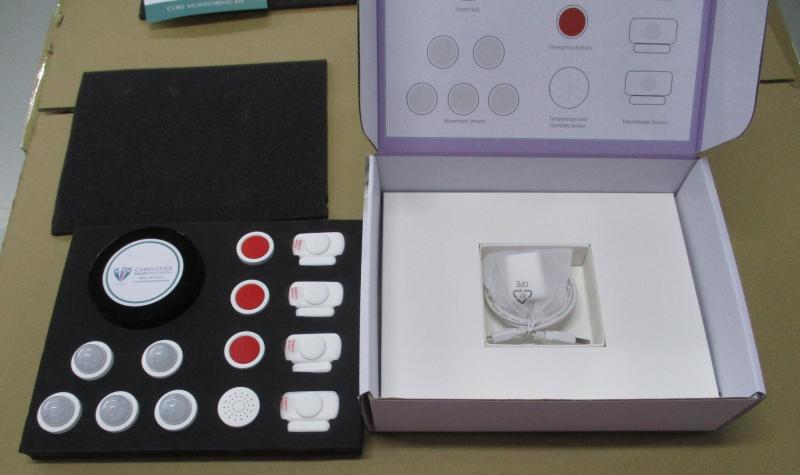
Caregiver Smart Solutions monitors
4. Keep it Unobtrusive and Necessary
One of the most ineffective approaches to installing smart technology is swapping out simple, everyday objects with unnecessary tech. The doorbell, for example, has long been a simple button to push. Nowadays, smart doorbells featuring video and voice communications can be very intimidating.
The same goes for locks. These are simple areas of the home that have functioned the same way for decades. Suddenly changing out these simple functions can be overwhelming and maybe even upsetting, yet it can often take older adults to get up and answer the door or even hear the doorbell.
When it’s necessary to add in smart technology and swap out a familiar home feature, lean toward the unobtrusive. Herd says it’s what Caregiver Smart Solutions strives to do.
“What we heard from Caregiver Smart Solutions is that our aging loved ones love this because the sensors are so small,” says Herd. “It’s not a camera. It’s not obtrusive, but fundamentally, we’ve got your back.”
Herd says choosing smart switches that resemble the previous unit can be an effective way to incorporate some smart lighting controls that’s better than installing a large touchscreen on the wall.
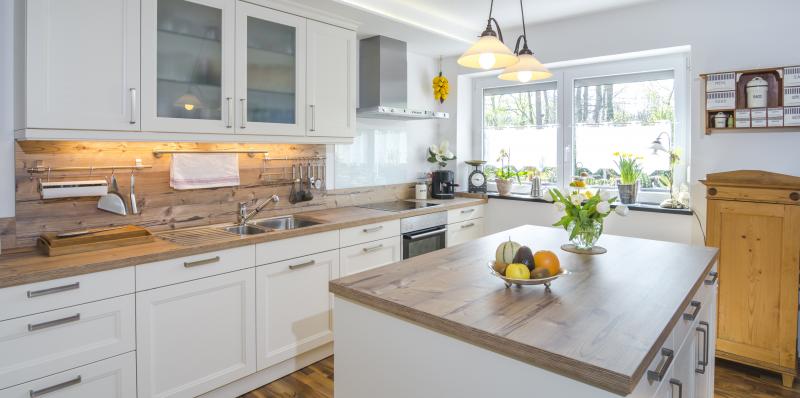
5. The Best Areas of the Home to Install Smart Technology for Aging in Place
Both the primary bathroom and the kitchen are where most accidents occur, making these areas the top priority for smart technology.
In the kitchen, an older adult may forget to turn the oven or faucet off. Even worse, there could be a fire, which Caring Village says is one of the most common incidents in the kitchen for aging adults.
Fall death rates have increased 30% from 2007 to 2016, according to the Centers for Disease Control and Prevention. One thing the CDC suggests for lowering the risk of a fall is better lighting so older adults can see their surroundings better. With bathrooms most often having tile flooring and bath mats, these are high causes of falls. Specifying technology for these areas, along with handrails and grab bars, can lower the risk of a fall.
“In the bathroom, I just need to know that if someone fell, we can get to them,” says Herd. “Focusing on kitchens, baths, and infrastructure is probably the best bet where technology can help anybody, but especially our aging loved ones.”
